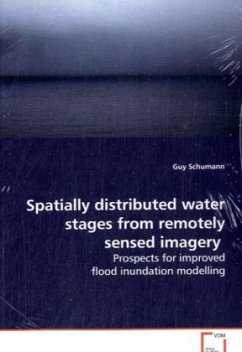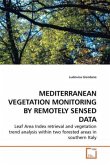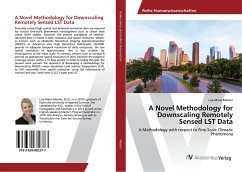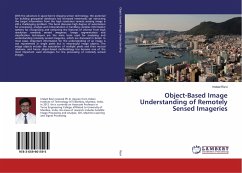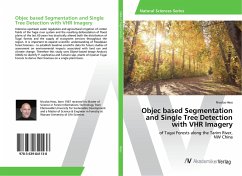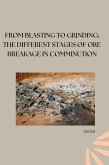The potential of remote sensing for disaster
monitoring is well known and numerous efforts are
currently made towards more timely image acquisition.
Synthetic aperture radar (SAR) satellites seem
particularly useful for flood monitoring. To date,
SAR flood imagery is mostly used to map flood area
and extent. On only rare occasions, other
flood-related variables are derived to aid flood
management. Therefore, it is the aim of this work to
derive water stages from a single date flood image
that are accurate enough for adequate integration
with flood inundation models. During a first stage, a
SAR image of a flood has been used to develop a
remote sensing-based flood model that accounts for
most data uncertainties, adapts to localised flow
behaviour and estimates spatially distributed water
stages accurately enough for integration with
hydrodynamic models. During a second stage,
uncertainties associated with the SAR derived water
stages are estimated, which is much in line with the
current philosophy in hydrological modelling.
Perspectives on how to use these data to support or
even improve flood inundation modelling is
highlighted in the last chapter.
monitoring is well known and numerous efforts are
currently made towards more timely image acquisition.
Synthetic aperture radar (SAR) satellites seem
particularly useful for flood monitoring. To date,
SAR flood imagery is mostly used to map flood area
and extent. On only rare occasions, other
flood-related variables are derived to aid flood
management. Therefore, it is the aim of this work to
derive water stages from a single date flood image
that are accurate enough for adequate integration
with flood inundation models. During a first stage, a
SAR image of a flood has been used to develop a
remote sensing-based flood model that accounts for
most data uncertainties, adapts to localised flow
behaviour and estimates spatially distributed water
stages accurately enough for integration with
hydrodynamic models. During a second stage,
uncertainties associated with the SAR derived water
stages are estimated, which is much in line with the
current philosophy in hydrological modelling.
Perspectives on how to use these data to support or
even improve flood inundation modelling is
highlighted in the last chapter.

